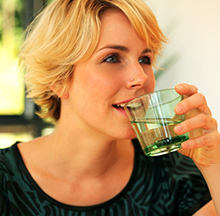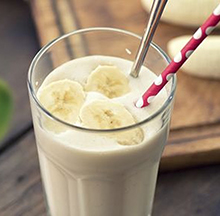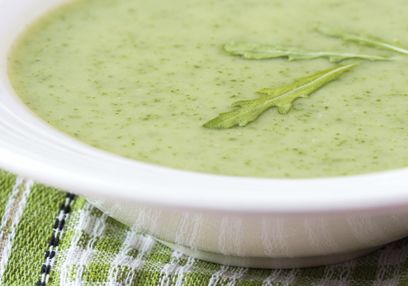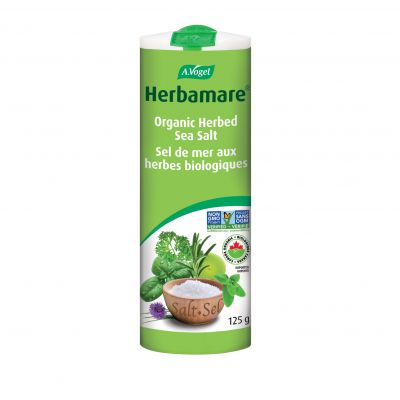Poison ivy
Poison ivy can be a nightmare for parents and kids alike, especially if it affects skin surfaces from head to toe. The old saying, “Leaves of three, let it be” has been around as a mnemonic rhyme since the early 1900s.
Still holding true, the leaflets of poison ivy grow in clusters of three and, along with poison oak and sumac, are found in various locations across Canada…
Poison ivy covers the most territory out of the three plants, growing in the majority of the provinces. Poison ivy is just one type of poison plant that results in an itchy rash with red blisters and bumps hours or days following contact.
Poison ivy, poison oak, and poison sumac are plants that contain urushiol, an irritating compound within the plant’s sap that causes an allergic reaction of the skin known as contact dermatitis.
In fact, all it takes is a quantity of urushiol equivalent to one grain of table salt to cause a rash in over 80 percent of adults.
The good news is that neither the poison plant rash nor the fluid from its blisters is contagious. Poison ivy, oak, and sumac are only contagious when an individual’s skin or clothing still has urushiol on its surface, and when that urushiol contacts another person (or another area of skin).
Unfortunately, the oil of these poison plants can remain stable and active on inanimate objects (such as clothes or furniture) for months to years, making re-exposure and recurrence a possibility. Preventing an encounter with a poison plant or its resin is key to avoiding an allergic reaction.
The following tips can help avoid or reduce the nasty after-effects of poison plants:
- Wear protective clothing. Long sleeves and pants, boots, and gloves can act as protective barriers against poison plants.
- Scrub belongings following exposure. If a poison plant has come into contact with your clothes and personal items, clean them with rubbing alcohol or lots of soap and use the hottest water temperature possible. Ensure gloves are worn during cleaning to avoid skin contact.
- Rinse skin immediately after exposure. If your skin should come into contact with the leaves of a poison plant, immediately rinse with either detergent or dish soap and water, rubbing alcohol, or a specialized poison plant rinse. It is important to continually rinse the area so that no plant resins are allowed to dry on your skin.
- Soak in an oatmeal bath. Avena sativa, the Latin name for oat, can reduce itch when applied topically to the skin. Avena sativa provides direct anti-oxidant and anti-inflammatory properties and may reduce pro-inflammatory cytokines when applied to the skin. Colloidal oatmeal is finely ground oats that can be added to the bath, and is available at most drug stores.
- Try cold showers or hot showers (or both). Cold showers may help reduce itching, whereas very hot showers or baths may promote histamine release. This often results in intense itching followed by a long period of relief.
- Try anti-histamine. Natural anti-histamines such as vitamin C, bromelain, and quercetin may be helpful in reducing the effects of histamine. A.Vogel’s Allergy Relief is also effective at reducing histamine and other chemical mediators of an allergic reaction. Histamine is a compound released by the body during an allergic reaction to poison plants, and ultimately leads to the rash and painful blisters following exposure.
References
References:
http://www.cdc.gov/niosh/topics/plants/
http://www.webmd.com/allergies/guide/poison-ivy-oak-sumac
https://www.aad.org/public/diseases/itchy-skin/poison-ivy-oak-and-sumac
http://www.webmd.com/skin-problems-and-treatments/understanding-poison-ivy-oak-sumac-treatment
http://www.healthline.com/health/allergies/best-natural-antihistamines
http://www.healthcentral.com/encyclopedia/hc/poison-ivy-and-poison-oak-3168656/






